Ancient road network takes people on a fascinating route to the past, Huang Zhiling and Peng Chao report.
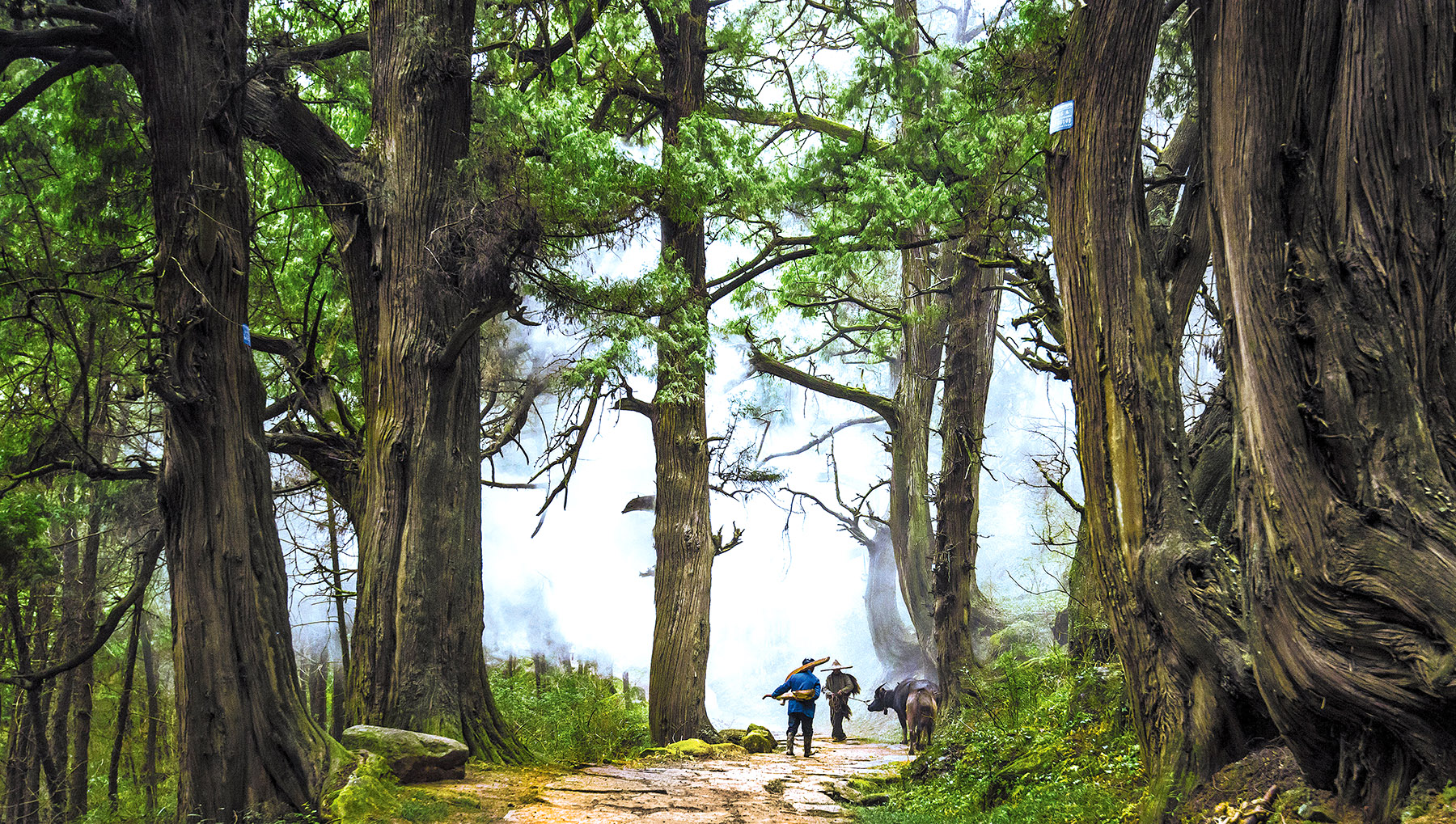
Yuan Tingdong had a pleasant surprise when he came across the Chinese edition of US writer Hope Justman's Guide to Hiking China's Old Road to Shu, which was published recently by the Sichuan Ethnic Publishing House.
Justman had visited different parts of the shudao, or Shu Roads, 24 times, either alone or with family members or her friends from the United States, since she first stepped on it in 2001.
The world has two ancient paths on the UNESCO's World Heritage List, Camino de Santiago in Spain and the Kumano Kodo in Japan. To Justman, an 82-year-old resident of Philadelphia in the US, China's Shu Roads are as deserving as both to be on the list.
Yuan, 84, a senior researcher in the culture of Sichuan province and neighboring Chongqing municipality, says he highly respects Justman for her knowledge of the Shu Roads, also called Ancient Shu Roads.
READ MORE: A hotbed of history
"I did not expect a foreign friend to have such an intense love for the Ancient Shu Roads, and therefore hold her in high esteem," says Yuan, the Sichuan-based researcher.
Shu is short for Sichuan and was its ancient name as well. The Ancient Shu Roads are a system spanning more than 1,000 kilometers that connect today's Xi'an, Shaanxi province, and Chengdu, Sichuan province, over the Qinling and Daba mountains. They were built more than 2,000 years ago. The part that is not within Sichuan is also called shudao, which means it is the way to the Shu.
On the northern section of the Ancient Shu Roads are the Chencang, Baoxie, Tangluo, Ziwu and Qishan roads, and on its southern section are the Jinniu, Micang and Lizhi roads.
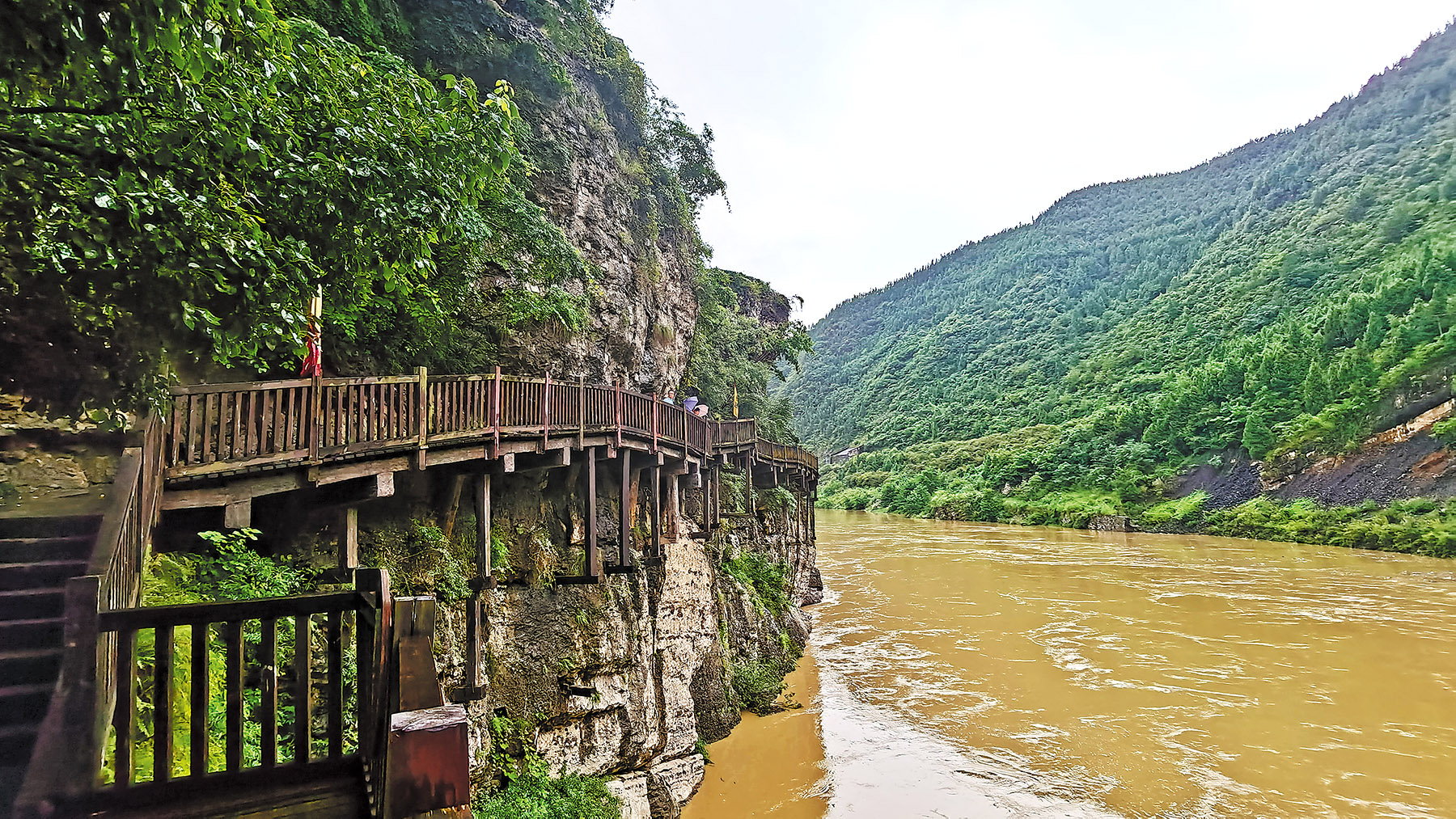
Many Chinese know the Ancient Shu Roads from the works of poet Li Bai of the Tang Dynasty (618-907), a household name in China, who once wrote "the roads to the Shu are harder than climbing the sky". The Ancient Shu Roads were built on mountains so precipitous that Li lamented this feature in his poem, Shu Dao Nan (Hard Is the Road to Shu).
The road to Shu in Li's poem is in the Jinniu Road of the shudao, running from Hanzhong in Shaanxi to Chengdu, more than 600 kilometers in length.
Hailed as a world-class living fossil of ancient land transportation, the Guangyuan section of the Jinniu Road in Sichuan is nearly 260 km long, well-protected and boasts many visitor destinations.
The best-known site is the Jianmenguan, or Jianmen Pass (literally "sword gate pass"), a towering V-shaped mountain pass in Jiange county, Guangyuan. It's said to be the major fortress on the Ancient Shu Roads and is a must-see place while on a trip to Sichuan. The famous quote from the great poet Li — "One man guards the fortress, 10,000 men can't pass" — is inspired by it.
Since 316 BC, some 100 battles have been fought there. Because the pass is so steep, not a single frontal attack has been successful.
During the Three Kingdoms (220-280) period, the Wei (220-265), Shu (221-263) and Wu (222-280) dynasties were entangled in fighting in their attempts to reunify China, leaving countless heroic stories in their wake.
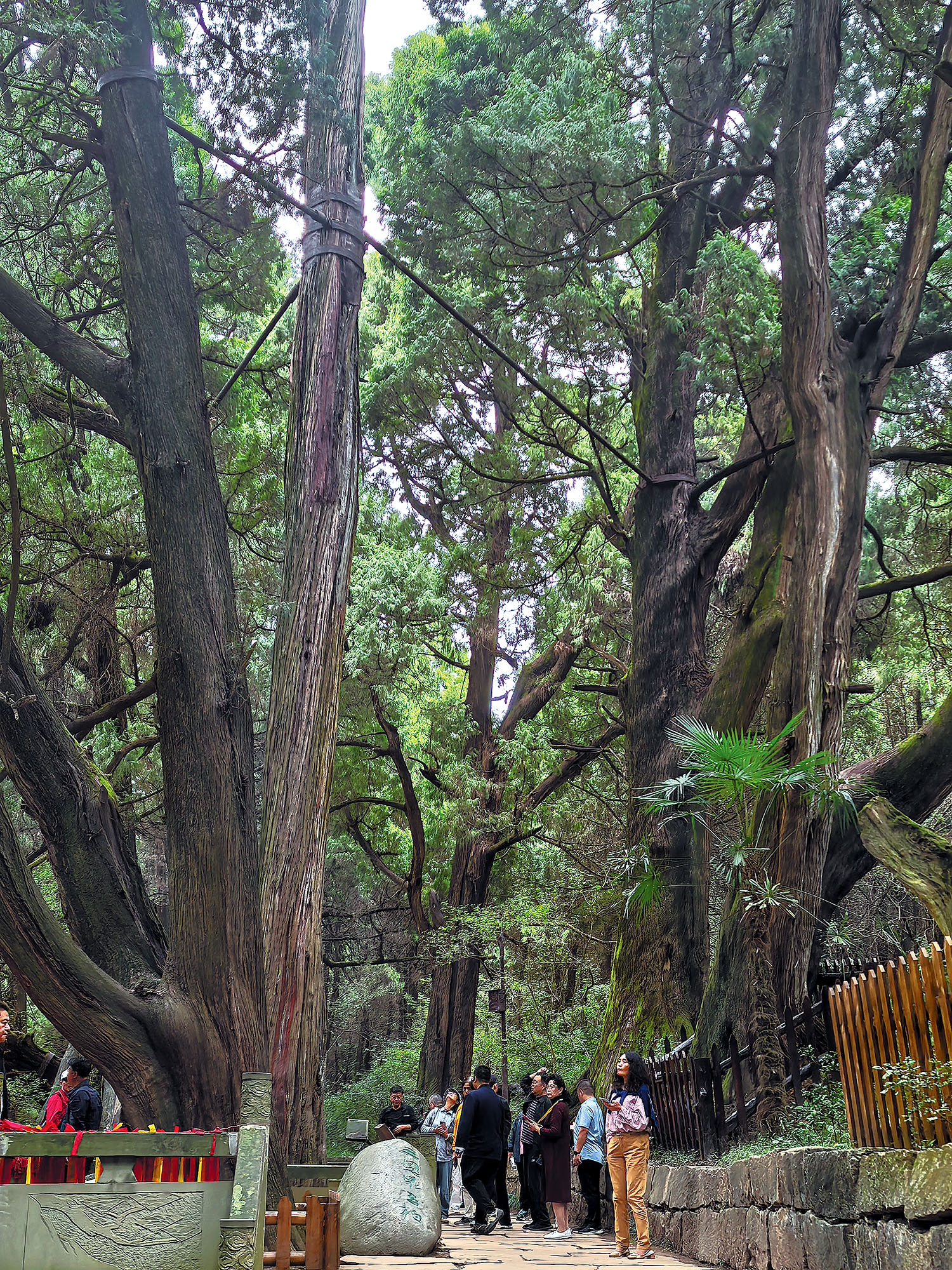
In order to conquer the Shu Dynasty, Deng Ai, a general of the Wei Dynasty, bypassed the precipitous and well-guarded Jianmen Pass in AD 263.
He and some 5,000 soldiers were said to have wrapped up in felt and rolled down a high mountain far from the pass to reach Sichuan.
Zhao Xiaohua, a senior tour guide in Jiange, narrated the story. "Only 2,000 soldiers survived after rolling down. But they managed to force Liu Shan, ruler of the Shu Dynasty, to surrender, as Shu people had lived in peace for too long and didn't want to fight as warriors," Zhao says.
About a 20-minute car ride from the pass is the Cuiyunlang ("green cloud" corridor), a captivating sight on the Shu Roads.
The corridor, a stone-paved and cypress-shaded post road, fascinated Justman, as recorded in her book.
In ancient times, important letters of state were carried by couriers on horseback along the Ancient Shu Roads.
As snow often covered the roads in winter and the summer sun gave the couriers a scorching ride, local officials had cypress trees planted on both sides of the road, to provide shelter and shade all year round.
The planting, which began in the Qin Dynasty (221-206 BC), lasted until the Ming Dynasty (1368-1644). By then, in excess of 100,000 trees had been planted, over 10,000 still surviving to this day.
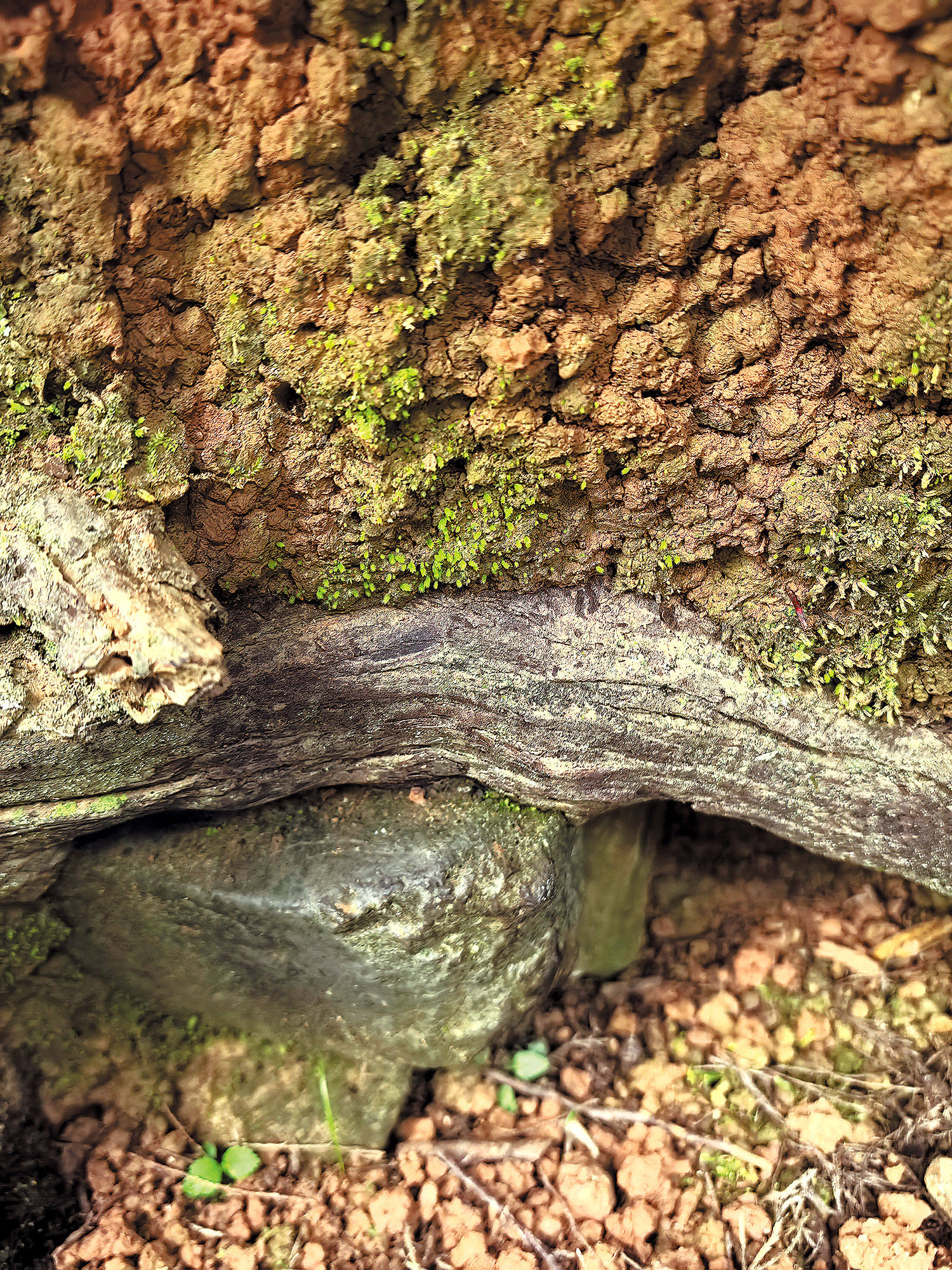
The corridor has Pu'an town in Jiange at its center, extending to Sichuan's Langzhong city to the east, Zitong county to the west and the Zhaohua district of Guangyuan to the north. More than 7,800 ancient cypresses are in the Jiange section of the corridor.
The average age of the cypresses in this section is 1,050 years, according to a report by the Xinhua News Agency.
Visitors can clearly see bricks stuck in the mud around the roots of several cypresses.
"The bricks were made during the Han Dynasty (206 BC-AD 220)," says Wang Guangming, head of the general office of the Party's publicity department of the Jiangge county committee.
One tree called Adou is special. The tree is named after the pet name of Liu Shan, the last leader of the Shu Dynasty. The cypress is said to be where Liu took shelter from rain on his way to Luoyang, capital of the Wei Dynasty, in 263 after the demise of the Shu Dynasty, according to Wang.
About 70 minutes of car ride from the Cuiyunlang corridor is a plank road built in the Guangyuan section of the Jinniu Shu Road.
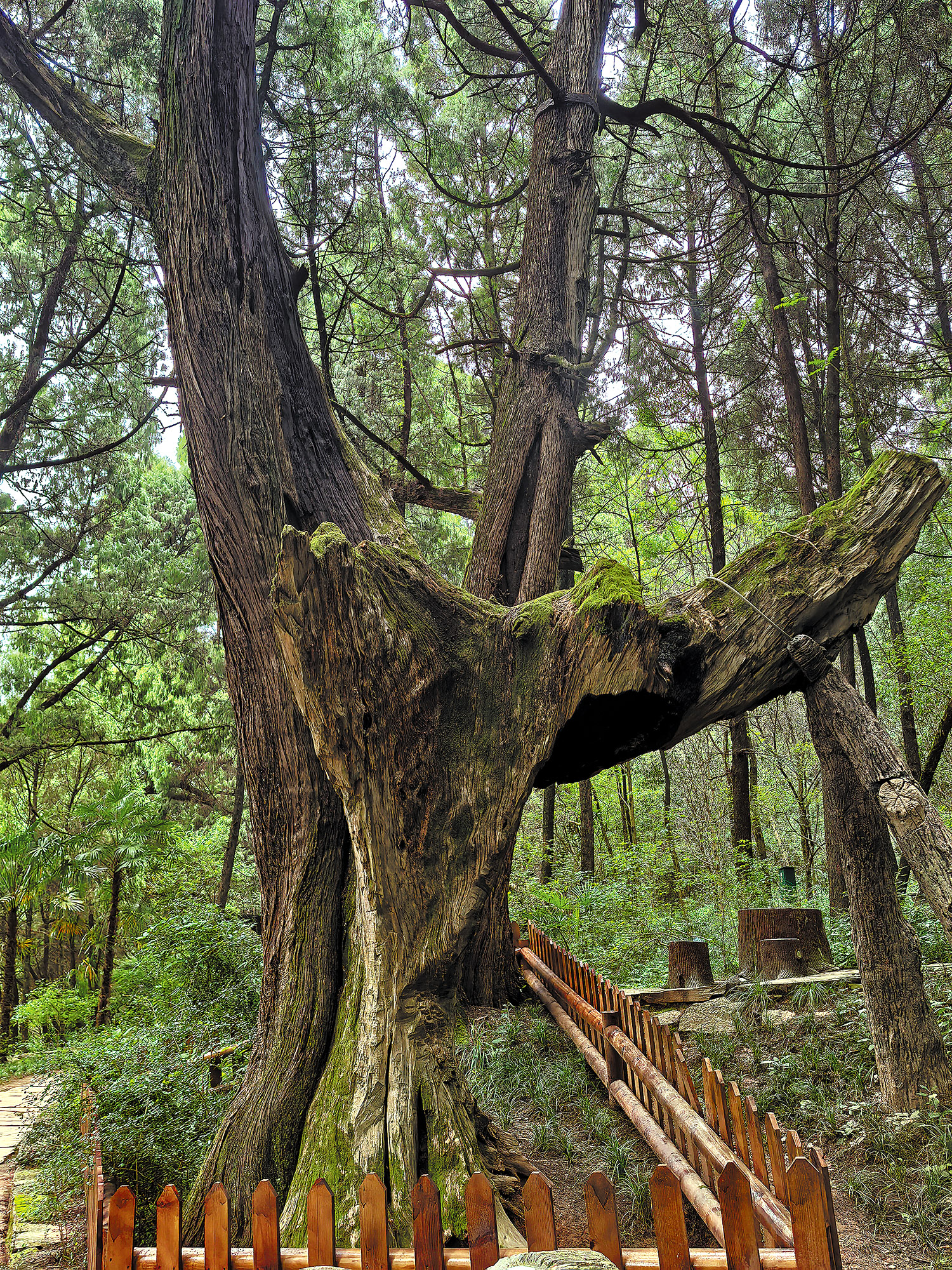
When the builders of the roads approached the Mingyue Gorge in what is present-day Chaotian district of Guangyuan, they found it impossible to continue, as the cliffs were too steep. After much thought, they came up with a bold idea — they chiseled holes at three different heights into the cliffs and inserted wooden beams into them.
The upper beams were covered with planks to form a road for pedestrians, and the second and third lower holes held buttresses.
During the Three Kingdoms, Zhuge Liang, an outstanding prime minister of the Shu Dynasty, used the plank road to transport troops to fight against the Wei Dynasty. The plank road was burned down and rebuilt many times during various wars. Now, part of it has been restored to allow travelers to admire this man-made wonder.
ALSO READ: Connecting the past with the future
"When I walked on the plank road, built into the dangerous cliffs above the gushing Jialing River, I was in awe of those who built it," says Wu Dan, a female tourist from Beijing.
About 55 minutes from the plank road is the Zhaohua ancient town in the Guanggyuan section of the Jinniu roads.
To Justman, Zhaohua, a beautiful town in a bend of the Jialing River, a tributary of the Yangtze River, is one of Sichuan's best-preserved towns as she recorded in her book.
History runs like a current through the river as seen in Zhaohua town with its well-maintained buildings that take visitors on the Shu Roads back to the old days and gives them a sense of destination.
Contact the writers at huangzhiling@chinadaily.com.cn


